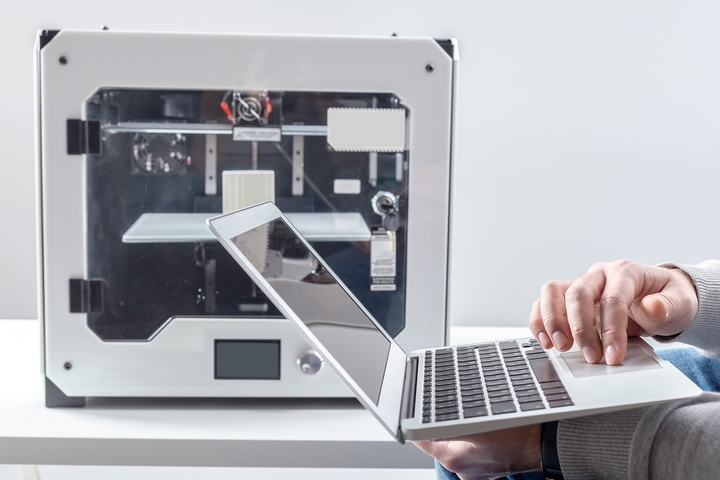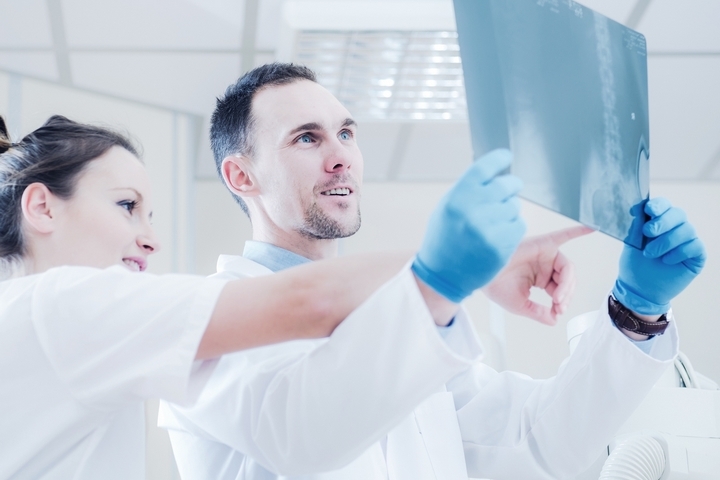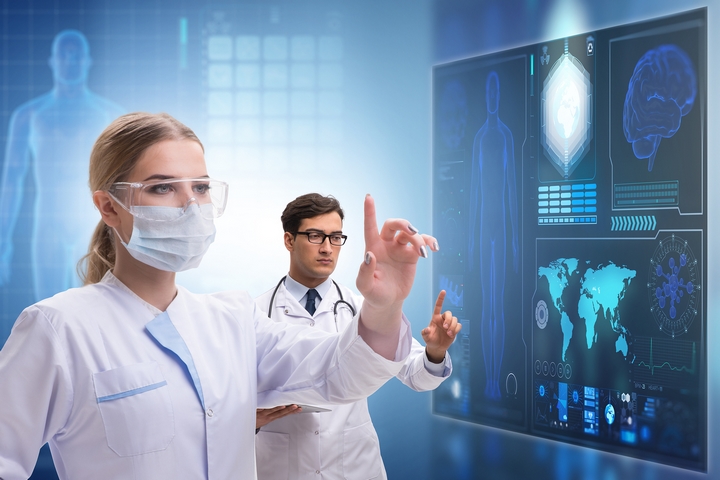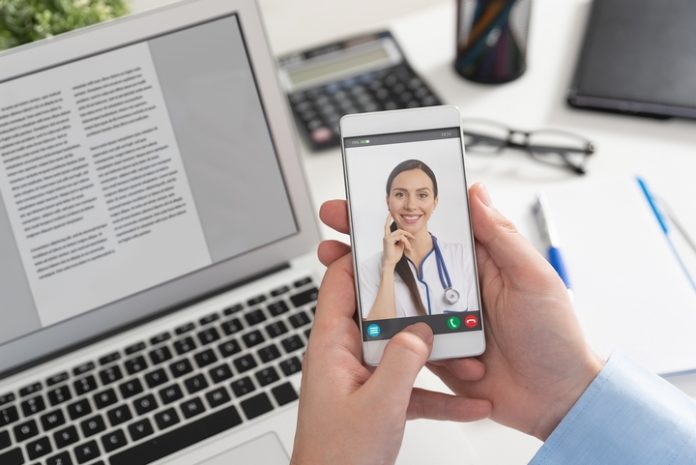Technology has the power to improve and to simplify our lives, and this is especially true in the medical field. New and upcoming medical technologies make it easier than ever for physicians to deliver better, faster and cheaper care to their patients.
Let’s learn more about ten current medical technologies that are used to improve and simplify the lives of healthcare practitioners and their patients:
Technology #1: Medical practice management software

In a world where many people spend a lot of time online on a mobile device, practice management software makes a lot of sense. Many healthcare professionals can now use a dedicated software to open a mobile medical practice.
This innovative technology essentially allows patients to contact a doctor through a mobile device, such as their smartphone or tablet. This can be useful if all they need is to get a prescription renewed.
The practice management software allows doctors to easily communicate with their patients. They can also schedule appointments with their patients, allowing doctors to provide their medical expertise without having to work for a clinic. In some situations, this software can eliminate the need for a face-to-face appointment.
Technology #2: Smart inhalers that help patients keep their asthma under control

Unfortunately, many patients who need inhalers to control their asthma are not using them properly. Smart inhalers are one of the current medical technologies that can easily improve this condition.
They feature a small device that is attached to the inhaler to record the time and date of each dose. It transmits important data to the smartphone of the patient so they can improve their treatment.
Technology #3: 3D printed prosthetics to perfectly replace missing limbs

3D printing is a technology that serves many purposes in the medical field. 3D printed prosthetics can be entirely customized to replace missing limbs.
With this current medical technology, it’s easy for a doctor to provide a patient with a prosthetic limb that perfectly and comfortably matches their measurements.
Technology #4: 3D printed artificial organs that can replace faulty ones

Bio-printing is a technology that was first used to create new skin cells to help burn victims heal. This medical technology has been currently developed, and can now be used to 3D print artificial organs.
In the future, it will become even easier to provide patients with artificial organs that will not get rejected by their body, and could save their life.
Technology #5: Robotic surgery that can assist surgeons

Robotic surgery is a medical technology currently used to assist surgeons during a complex procedure. Robotic surgery can be combined with augmented reality so surgeons can view important information about the condition of their patients in real time, while relying on the technology to improve their precision and their control of their surgical instruments.
Robots are not going to replace surgeons anytime soon, but they can already assist them.
Technology #6: Electronic pain relief for patients who suffer from frequent migraines

People who suffer from frequent migraines can rely on a small electronic device that can provide them with the relief they need, when they need it.
This technology features a small nerve stimulating device that can be implanted in the gums of the patient. When a migraine starts, the patient can use a small remote control to activate the device and block their pain.
Technology #7: Wireless brain sensors that dissolve when they are not needed anymore

Scientists have created wireless brain sensors that can be placed inside the brain of patients to measure temperature, pressure, and other data.
What makes those sensors incredible is that they are bioresorbable, which means that they simply dissolve and disappear when they are not needed anymore, eliminating the need to remove them with a second surgery.
Technology #8: A tool to scan suspicious lesions before turning to a biopsy

An invasive biopsy is the only way to figure out if a skin lesion is in fact a cancerous tumor, or if it is harmless.
Fortunately, a new technology has been developed to scan those suspicious looking lesions and learn more about them, to help doctors decide if a biopsy is necessary or if it can be avoided.
Technology #9: 3D printed pills for patients who need to take many pills at once

The 3D printing technology can also be used to print out custom pills for patients.
This can be useful for patients who need to take different types of medication daily, as it will be more simple for them to take one single custom pill than to take many pills one after the other.
Technology #10: Virtual reality for medical students and patients who need rehabilitation

Virtual reality does not simply exist to enhance video games. Medical students can now use this incredible technology to rehearse different procedures and gain some experience.
Virtual reality can also be helpful for some patients who are in need of physical rehabilitation.














